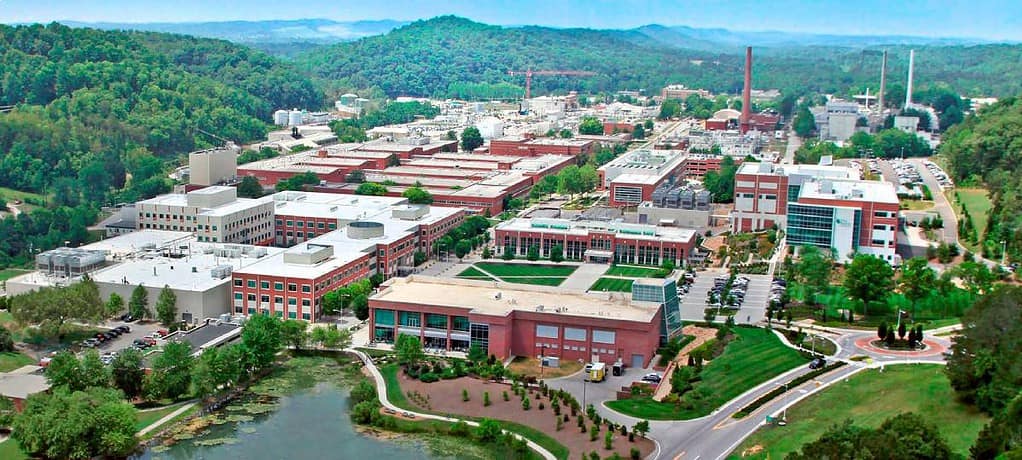The word “shoddy” first came to use in 1832, referring to an early form of recycling in which old wool was shredded and spun with new wool to form a fabric. Nearly two centuries later, textile recycling still follows a similar process. But today’s textiles are blends of different materials, from synthetics to natural materials. Additionally, garments are dyed or include hardware such as buttons or rivet closures. When clothing is sent to a textile recycler, the consumer might assume their item will be repurposed, however without knowing what a shirt or pair of socks is made of, the textile recycler is at a loss.
This gap is where Brian Iezzi, founder of Fibarcode, sees opportunity. “Global fashion is considered the second most polluting sector, after oil and gas. Fibarcode is at the critical juncture between making textiles and making the process more environmentally and socially sustainable,” Iezzi said. Fibarcode’s technology integrates an engineered photonic “barcode” into a fiber, which can then be scanned with handheld spectroscopes. When the fiber is turned into a textile, it has a digital label that will exist through all stages of its life, offering transparency to the garment’s composition and origin.
The Environmental Protection Agency estimates that only about 13% of clothing is recycled in the United States, with most clothing sent to landfills. Recycling centers struggle to process clothes, because few items have labels, and those labels often contain incorrect or misleading information. Iezzi added, “Fibarcode can provide transparency through the supply chain for consumers and recyclers. Looking ahead, that information could be necessary for regulations requiring that companies develop digital product passports [digital records that provide comprehensive information about a product, including disposal].”
Iezzi recently joined Cohort 2024 of Innovation Crossroads, a Department of Energy Lab-Embedded Entrepreneurship program node at Oak Ridge National Laboratory. Innovation Crossroads partners Iezzi with ORNL researchers developing transformative technology to overcome challenges such as climate change. Iezzi will be working with Merlin Theodore and Daniel Webb in ORNL’s Manufacturing Science Division.
“I was drawn to Innovation Crossroads because of the lab’s technical capabilities. When I researched the goals of DOE’s Advanced Materials and Manufacturing Technologies Office in developing more circular economies, I saw we were a good fit,” said Iezzi. “At ORNL, I have access to invaluable equipment and expertise to iterate with new materials for our labels. ORNL’s user facilities, like the Carbon Fiber Technology Facility, have technology that I otherwise wouldn’t have access to as a startup.” In addition to gaining technical knowledge, Iezzi will learn from industry mentors, as part of Innovation Crossroads’ emphasis on helping energy startups develop from idea to market.
This Oak Ridge National Laboratory news article "Brian Iezzi: Coding transparency into textile recycling" was originally found on https://www.ornl.gov/news

